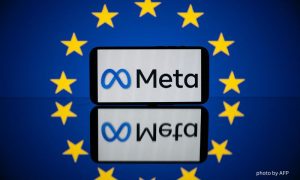SYDNEY: Australian researchers have developed a groundbreaking method to detect plastic waste on beaches from space. This innovative approach, detailed in a study published by a team from RMIT University in Melbourne, introduces the Beached Plastic Debris Index (BPDI), which identifies plastic on shorelines by analyzing patterns of reflected light captured by satellites.
While satellite technology has been effective in tracking plastic waste in oceans, it has struggled to detect plastics on beaches due to their tendency to blend in with sand. The researchers believe this new method will significantly enhance cleanup efforts.
Jenna Guffogg, the lead researcher, emphasized the severe impacts of plastic waste on wildlife, warning that undetected plastics can break down into micro and nano plastics. “Plastics can be mistaken for food, leading to larger animals becoming entangled and smaller creatures, like hermit crabs, getting trapped in plastic containers,” she explained.
Notably, remote island beaches have some of the highest recorded densities of plastics globally, with increasing amounts of plastic and derelict fishing gear noted along the northern coast of Australia.
The BPDI distinguishes between the light reflected by sand, water, and plastics, allowing for accurate mapping of plastic debris on beaches. It utilizes data from the WorldView-3 satellite, which orbits at an altitude of 617 kilometers in alignment with the sun.
To validate their method, the researchers placed 14 plastic targets, each about two square meters in size and made from different types of plastic, on a beach in Victoria. The BPDI demonstrated superior performance compared to three existing indices used for detecting plastic in land and aquatic environments.

























